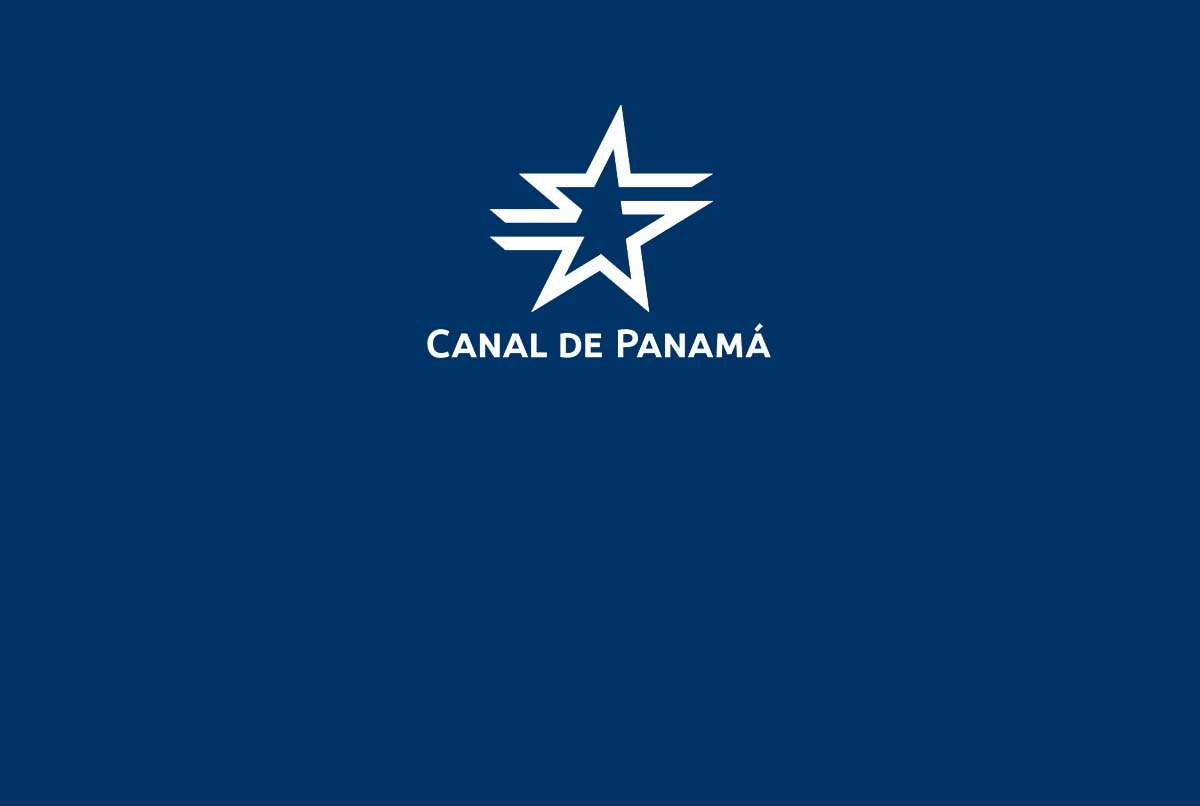The Panama Canal closed its 2020 fiscal year with an annual tonnage of 475.1 million Panama Canal tons (PC/UMS), thanks in part to the safe environment and uninterrupted service maintained for its clients and workforce, amid the global impact of the COVID-19 pandemic.
“The Canal’s priority was to ensure the well-being of the nearly 10,000 men and women who make up our team and reaffirmed their commitment by adapting to the changes imposed by this pandemic in order to guarantee the continuous operation of the waterway,” said Panama Canal Administrator Ricaurte Vásquez Morales.
The fiscal period that ran from October 1, 2019 to September 30, 2020, painted two different pictures for the Panama Canal, with a first semester that exceeded expectations, followed by another that saw a pandemic begin to disrupt lives and economies worldwide.
The height of the pandemic’s impact on the waterway occurred between May and July. Transits at the Panama Canal declined by 20% during this time, mainly due to reductions in passenger ships, vehicle carriers and liquefied natural gas (LNG) tankers. Transits and cargo movement, however, normalized in August and September, the last two months of the fiscal year, allowing the waterway to close with 475.1 million tons PC/UMS.
As a leading route for world trade, activity at the Panama Canal reflects that of the global economy, including estimates that the world may see a contraction of around 5% in 2020 as a result of the pandemic, with a greater fall of up to 8% in the United States, the main client of the Canal, based on projections by the International Monetary Fund.
In the midst of this scenario, the Panama Canal ended its fiscal year with 13, 369 transits, a 2% reduction compared to projections, while the 475.1 million tons PC/UMS represent a 4% drop, compared to projections. Compared to FY19, high-draft transits remained at very similar levels and total PC/UMS tonnage grew by 1%.
Continuous and Safe Service
Implemented by the Canal early this year, COVID-related measures helped preserve the wellbeing of the Canal’s workforce and mitigated the transmission of the virus, contributing to the operational activity as results registered in FY20.
In March, for example, the waterway instituted heightened procedures, including a reduction of on-site staff to only those essential for continued transit operations. Similarly, another group of Canal workers went on vacation, while another group providing administrative support began working remotely.
Market Behavior
The 2020 fiscal year was marked by the U.S.-China trade war, tightening of environmental policies in the maritime industry and, of course, the pandemic, which continues to impact the world economy.
Containerships remained the leading segment at the Panama Canal, registering 166.3 million tons PC/UMS or 35% of the Canal’s FY20 tonnage, followed by:
Bulk carriers: 80.9 million tons
Tankers/chemical tankers: 69.2 million tons
LNG: 46.4 million tons
LPG: 44.6 million tons
Although the waterway’s results are similar to those achieved in FY2020, marking just a 1% increase in overall PC/UMS tons, expectations for FY20 were more optimistic as the waterway’s performance in the first half of the year was above projections. In March 2020, the impact of the pandemic began to take effect, impacting the passenger segment, which due to the health measures implemented that ended the cruise season early, closed 10% lower than expected. Other segments severely affected by market conditions due to the pandemic were vehicle carriers and LNG, which saw PC/UMS tonnage around 21% and 15% below projections, respectively.
The negative impacts on these segments were partially mitigated by the strong performance of the liquefied petroleum gas (LPG) and bulk segments, which registered PC/UMS tonnage 27% and 21%, respectively, higher than projected.
The Panama Canal also helped mitigate the economic uncertainty by offering a series of temporary relief measures, including the suspension of advance payments for transit reservation fees and other changes to the waterway’s reservation system. Implemented on May 4, the measures were extended to December 31, 2020, following continued close dialogue with customers across segments.
Maximum Draft
By the end of FY20, and for the first time in 20 months, the Panama Canal was able to offer its clients a 50-foot draft, the maximum draft allowed for vessels transiting the Neopanamax Locks. Such outcome was possible thanks to the Canal’s use of water conservation measures, thereby optimizing water resources, as well as the recent rainfall in the watershed area.
As a result, the Canal now boasts a more competitive, reliable route, contributing to the global economic recovery. A 50-foot draft allows vessels to transit the waterway with more cargo, making the transport of goods more efficient, ultimately benefiting the Canal’s customers.
Also, at the end of the fiscal year, the Panama Canal published a Request for Qualifications (RFQ) for the pre-qualification of potential offerors for the engineering, design and construction of a new, integrated water management system. By investing in a robust water management system, the waterway aims to fortify its long-term operational reliability as it continues to adapt to long-standing as well as coronavirus-driven shifts in global trade.




